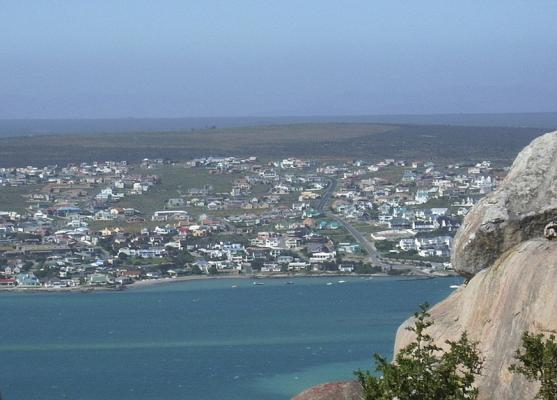

The West Coast of the Western Cape is a region of contrast and beauty. Stretching over 400 km from south to north, the region and it's people offer the visitor a surprising variety of travel destinations.
The solitary coast's scenic beauty is challenged only by rich culinary experiences of plump mussels from the bay, crayfish in season or linefish pulled from the Benguela Currents' cold waters.
To the west the region borders on the Atlantic Ocean. On the east is the Swartland, well known for its undulating wheatfields and vineyards.
Further north the visitor encounters the fertile Olifants River Valley and the vast plains of the Knersvlakte with its wealth of succulent plants. The Olifants River Valley is cultivated intensively with emphasis on citrus, fruit, vegetables and vineyards.
It is a bird watchers paradise and migrating whales visit the coastal waters from July.
Apart from the obvious sea and water activities like fishing, diving, surfing, yachting, water-skiing, sailboarding and what there are also numerous historical and eco-attractions, as well as hiking trails, mountain biking and 4x4 trails.
The West Coast National Park is a must for any visitor, as is the wild flowers in season.
The West Coast and its hinterland is a cultural experience of museums, monuments and missionary stations like Mamre and Wupperthal. It offers activities such as exploration in a fossil park, hang-gliding, skydiving, mountain biking, 4x4 trails, food and wine, and herbal drinks like Rooibos tea.
In Spring, carpets of wild flowers cover the region from the coast to the mountains. Spring flowers and fynbos are a constantly changing wonder that attracts hikers and nature lovers throughout the year.
The West Coast region is unique - it presents the visitor with an unequalled diversity of activities (including fishing) and natural beauty in all four seasons.
For something entirely different the West Coast Mission Villages Route takes you to the Mission Villages on the West Coast and Namaqualand.





